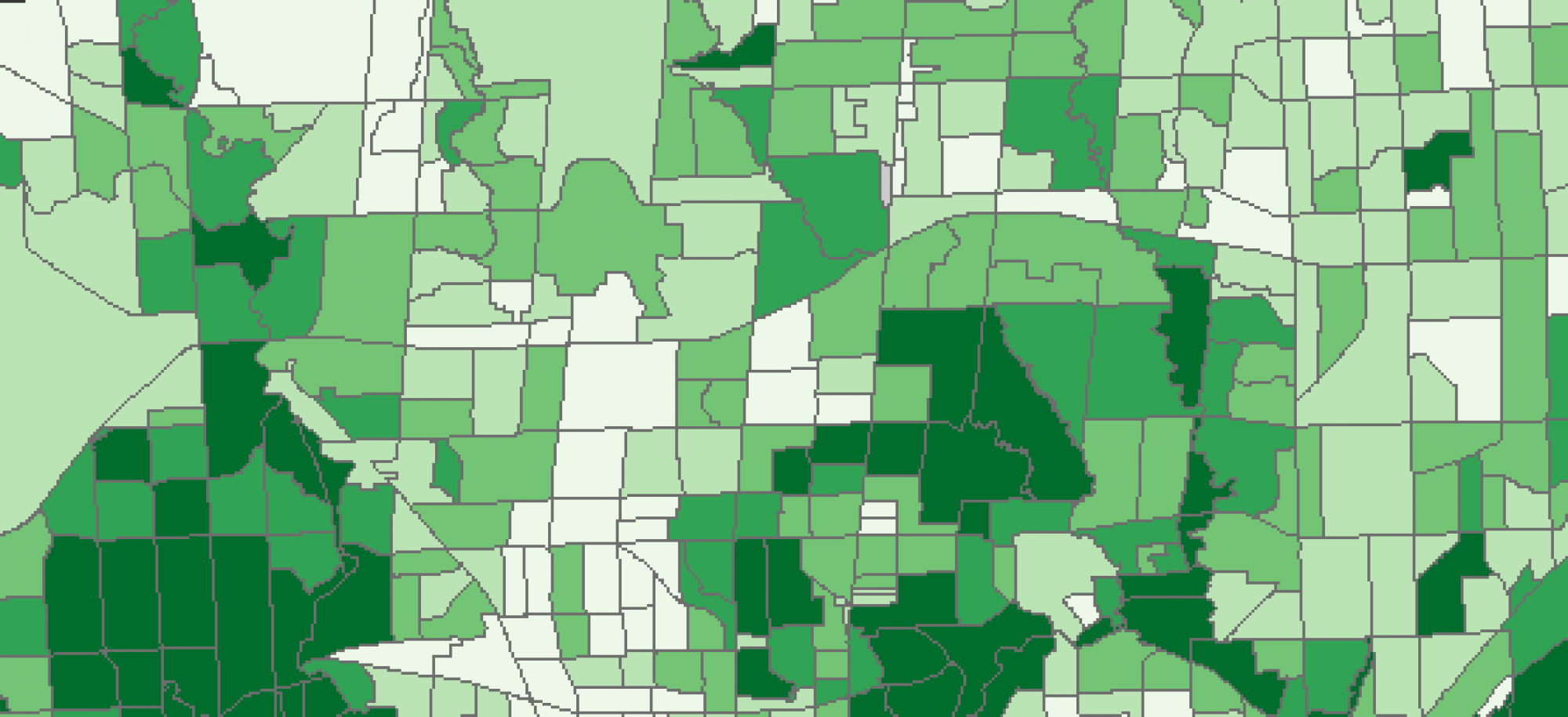A Critical Appraisal of Wimberly & Ohmann’s A Multi-scale Assessment of Human and Environmental Constraints on Forest Land Cover Change on the Oregon (USA) Coast Range
Wimberly and Ohmann’s research article A Multi-scale Assessment of Human and Environmental Constraints on Forest Land Cover Change on the Oregon (USA) Coast Range (2004) uses a multiscalar analysis to examine the relationship between forest land cover change and human and environmental factors. The purpose of this research was to quantify changes in the distribution of major forest stand types in the Oregon Coast Range from 1936 to 1996, to compare the influence of human and environmental factors on land cover change, and to determine whether these variables varied in significance with spatial scale. Its primary argument was that differing management regimes of private and public land ownership have resulted in different, distinctive trajectories of landscape change consistent over a broad range of spatial scales. Particularly, they argued that private land ownership is the dominant predictor of multi-scalar landscape change.
Wimberly and Ohmann found using a linear regression analysis at three different spatial scale that decreases in large conifer forest were typically greatest in hydrological units dominated by privately-owned land across all three spatial scales. We are convinced of the argument’s validity because the correlation coefficients of the regression analysis were significantly high at each hydrological units. Research steps in the paper were adequately described in the paper and errors and uncertainty were accounted for as best as possible. For these reasons we graded this paper a 9 out of 10.
Reference
Wimberly, M.C. & Ohmann, J.L. (2004). A multiscale assessment of human and environmental constraints on forest land cover change on the Oregon (USA) coast range. Landscape Ecology, 19, 631-646. Retrieved from https://www.fs.fed.us/pnw/pubs/journals/pnw_2004_ wimberly001.pdf
